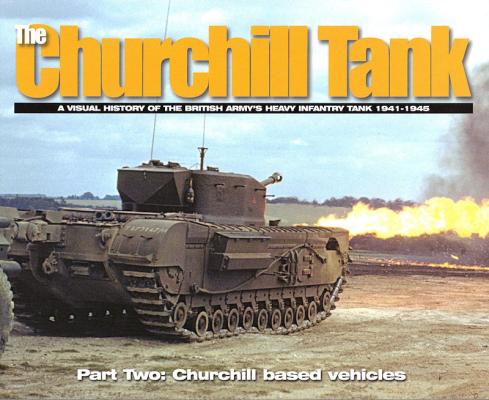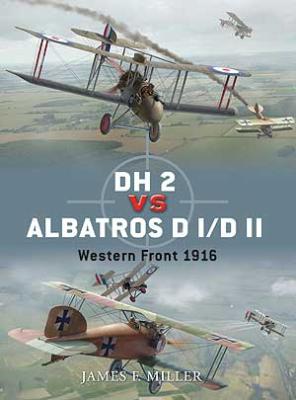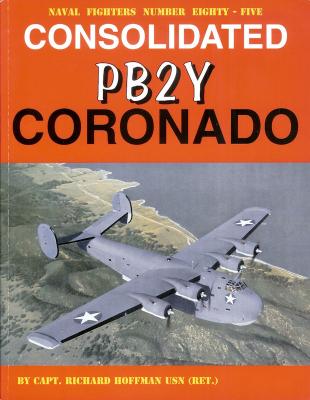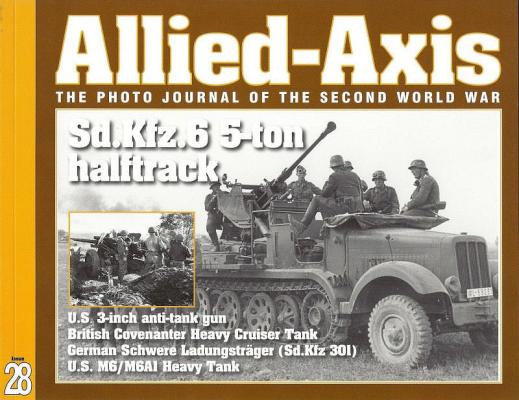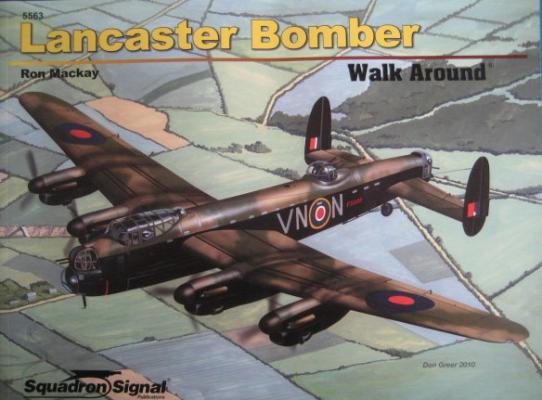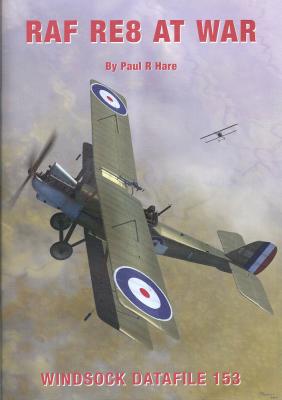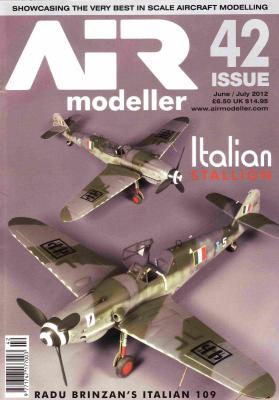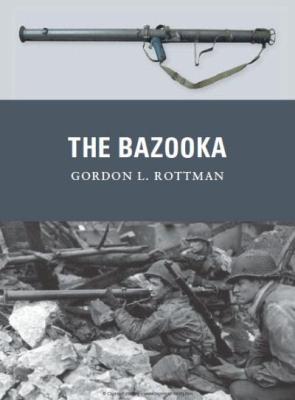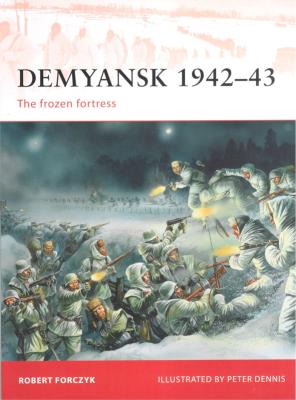This is the second volume in Ampersand Publishing’s pictorial history of the Churchill heavy infantry tank. The first volume covered the gun tanks, while this second volume covers the non-gun tanks, such as flame throwers, bridge layers, flail, and armored engineering vehicles. It is thus broken down into the following chapters:
History:
This is the first Ginter book I have had the pleasure of reading or reviewing. It is in the standard format of a softback book with card covers and is approx. 8 ½” x 11” in size. The text and photos are all printed on glossy, high quality paper.
There is a detailed history of the development of the PB2Y, followed by an in-depth operational history. This operational history includes details of many combat missions. High quality black and white photos are present on every page. There are also drawings and pages reproduced from technical manuals.
After the technical development section, the operational history is broken down into sections on the US Navy, the Naval Transport Service, service as an “Admiral’s Barge,” and the RAF. There are even a few pages dedicated to the Coronado’s Seaplane Tenders.
ModelArt No. 848 July 2012 monthly update features modeling tools and supplies. As always, the format is close to 7x10 inches in size, and the printing and reproduction quality are excellent. Model Art’s text is almost entirely in the Japanese language, and most feature photos are in color. The usual sections follow and are listed by their topic:
Ampersand Publishing offers a quarterly photo-magazine featuring dozens of black and white photographs of armor, military vehicles, personnel, etc. Many are rare or seldom seen pictures. Each photograph is accompanied by a caption explaining what is depicted and the historical context. The reader will also see original line drawings and pictures from technical publications. These softbound publications contain from four to six articles. The subject of this review is Issue 28.
This 96-page issue contains five articles. They are:
The Avro Lancaster was probably best known for the bombing of the Ruhr Dams by the 617 Squadron of the RAF which was known as Operation Chastise. This squadron was to become known as the Dam Busters. However, the Avro Lancaster was to become one of the main heavy bombers of the RAF, which first saw service in 1942. It became primarily a night bomber but among its other attributes it was an excellent daylight precision bomber. It served between 1942 and 1945 and flew over 156,000 sorties.
History
The Royal Aircraft Factory RE-8 was one of those airplanes that never attracted the attention it deserved, mainly because it wasn’t a fighter that attracted a lot of press. It was, however, a very basic, fundamental design, one intended for observation and reconnaissance duties over the front. I had always been under the impression that the RE-8 was a rather unimpressive plane, but after reading Paul Hare’s account of its development, I have come to the conclusion that it was really a fundamentally sound airplane for the tasks assigned to it. During the time period it was in operation, it acquitted itself honorably, with its pilots and crews often getting the best of higher performing German fighters. Certainly, taking photos of the trenches wasn’t as glamorous as shooting down enemy planes, but it was a very necessary job, and it doubtless saved thousands of British infantrymen’s lives due to its activities.
I have loved these magazines since they first arrived. Great photography mixed with great builds. This issue is no exception and has feature articles on:
- Trumpeter 1/48 Wellington
- Revell 1/32 Red Arrows Hawk
- Hasegawa 1/32 Bf109 G-10 Conversion
- Trumpeter 1/24 Hawker Hurricane Mk. 1
- Photo Report on AMAC 35 model Show
- New Product Reviews
- Llama Models 1/48 FMA Pucara
As an example, the Wellington build is an example of what can be done with photoetch parts as Zbenek Sebesta use Eduard photoetch on the exterior, bomb bays, interior, cockpit, flaps and engines. He uses resin on the Quickboost exhausts, guns and flaps. Griffon parts are used on the wheels and flaps. Various parts were also used from Pavla, Tally-Ho and Rob Taurus. Details pictures show the assembly of these parts and he uses them seamlessly to enhance the detail all around. The final shots are breathtaking.
The bazooka was a weapon born of dire need. When World War II began, the U.S. Infantry had nothing to fight armor except the anemic 37mm anti-tank gun. Two U.S. Army officers, thinking outside the box, developed a rocket-powered weapon that was portable and able to defeat most armor of the time. Officially called a rocket launcher, it became known by the men who would use it as a stovepipe, or a bazooka, because of its resemblance to a musical instrument used by comedian Bob Burns.
The M1 Bazooka was first used by U.S. troops during Operation Torch in North Africa. Crates of the new weapon were rushed to the ships heading out for the invasion with no manuals or instructors. Officers who found the crates in the ship’s hold taught themselves how to use the weapon and held classes for the troops on the fantail of the transports.
Well, it’s another of those books about a little known battle of World War II, but as I read this book, I became convinced that it was important for several reasons.
Demyansk is a small town in Russia which sits about halfway between Moscow and Leningrad. This position makes the battle important. The Wehrmacht had punched through the Soviet armies in the western Soviet Union, and made fast advances toward both Leningrad and Moscow. Because the terrain west of Demyansk is mostly swamps and marshes, the advance in the areas between Moscow and Leningrad were slower. Also, there weren’t as many troops provided for this less important push. The OKW was certain they’d have both of the major cities shortly, so why bother with the farmland and villages between?

